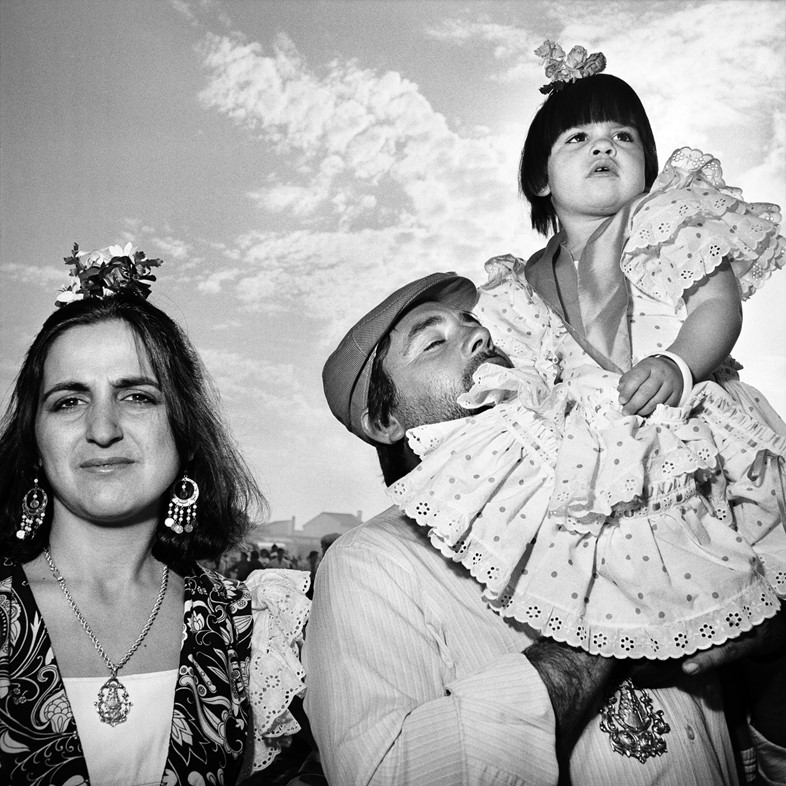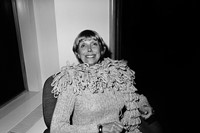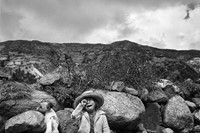The influential photographer reflects on her extraordinary career, which is depicted in a new book and accompanying exhibition
At 85 years old, Rosalind Fox Solomon has somehow perfected the delicate art of leading a long, rich, impactful life, but without acquiring any of the inflated ego which so often accompanies it. She took her first photograph at the age of 38, and so to an outsider her personal history appears to have been divided into two parts – that of a wife and a mother, carrying on quietly until the ascension of second-wave feminism in the 1960s, and then, that of a prolific and profoundly able photographer, travelling the world in order to photograph all those she meets in it.
Her self-assigned projects have taken her from Tel Aviv and Zimbabwe to Guatemala and Yugoslavia, with no small number of other countries in between. In the late 1980s, she dedicated herself to photographing those affected by ethnic violence and race relations, whether in Northern Ireland, Israel or Cambodia, and did so extensively, while in 1987 made a well-known series of photographs of people living with AIDS in the USA. In spite of the breadth of her subjects, however, all of Solomon's many images seem share one thing: a profund sense of empathy. She coaxes out the most elemental humanity in all of her subjects and amplifies it for her viewer to see, so that it becomes impossible to look at one of her images without identifying with the subject in it. And in spite of all this – all of her experience and her talent – when she answers the phone it is with a soft, deliberate voice, which pauses frequently in order to choose her words carefully.
"I have created a really, really large body of work over the years," she tells AnOther quietly, "even though I only started working as an artist when I was 38." She first picked up the camera when her job with the Experiment in International Living took her to Asia. "I spent a month in Japan, I didn’t speak Japanese and the people that I stayed with didn’t speak much English either, so I had a little camera with me, and I started taking pictures basically to communicate with myself. That’s how I started."
Once she recognised that photographing others created a means of better understanding herself, her work accelerated. "I did a little bit of travelling before photography, but then at a certain point I realised that I was travelling in order to use the camera – that the world, at that point, was my studio, in a sense. And wherever I went, it related."
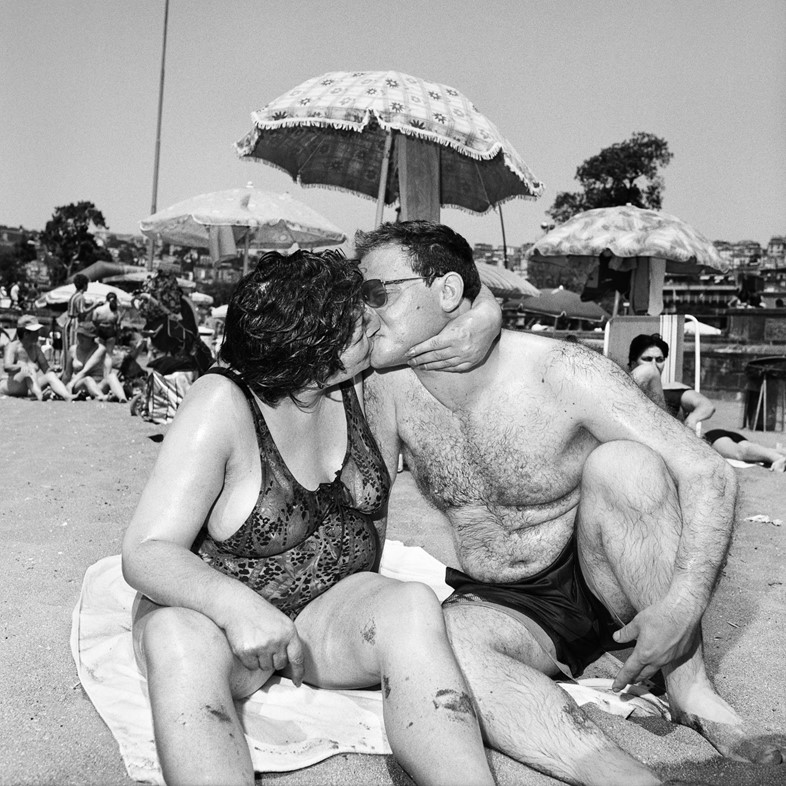
Now that Solomon has 45 years worth of material behind her, it seems like the ideal time to reflect on the images she has created throughout her career. So, Got to Go was born – an elegant, full and understated book. It distills her wide-ranging work into a select series of images, accompanied by fragments of text which Solomon has recorded over the course of her life, many of which were uttered by her mother. In the relationship between text and image, a quiet, nuanced story plays out – one which relates most profoundly to her inner self.
Now, in anticipation of the book's release, and the opening of an exhibition of the same name at New York's Bruce Silverstein Gallery, we speak to Solomon to find out more about her singular life.
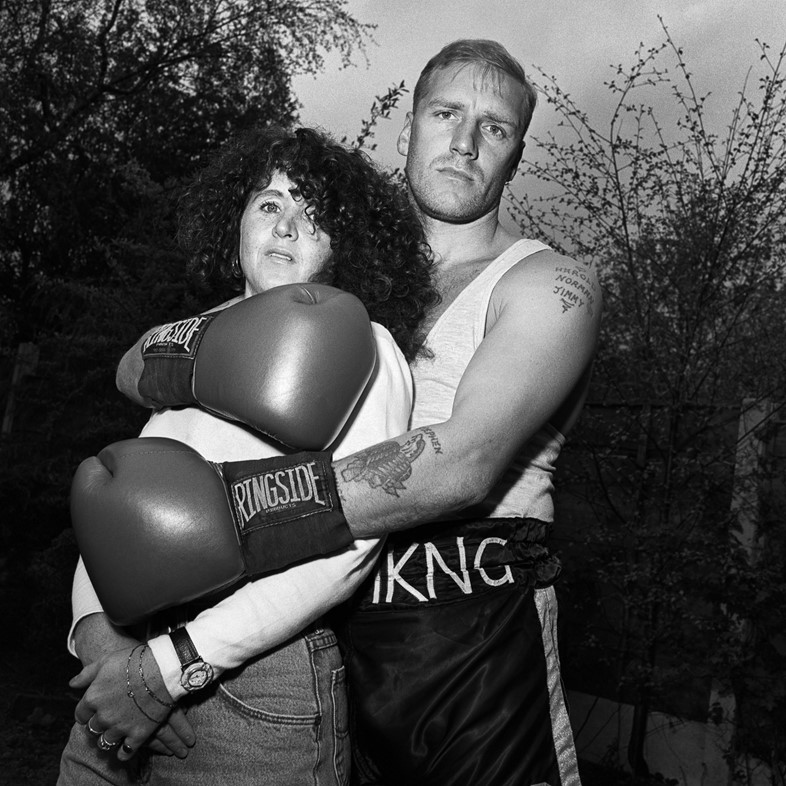
On using empathy as a photographic tool...
"In the beginning photography was just about not having anybody to talk to, but later I’ve drawn on my interior; my life, my own insecurities, on my opinion, and perception. When I photograph, I’m imagining what’s going on in the people that I’m photographing, or if I’m doing just something landscape or interior I’m thinking metaphorically about a scene. And then I project some of what I’m feeling, that almost conditions how I make images.
I don’t really think consciously about myself, but I do think of my own relationships, and when I photograph a couple in that way, I project. I’ve never been particularly interested in making glamorous or superficial pictures of people, I'm more about what their interior might be.
I’ve always been curious about knowing all kinds of people, and understanding different cultures, but I’m not an anthropologist. I am interested in the political and cultural life in different countries, but I use my own experiences in the images that I bring back. It’s a combination."
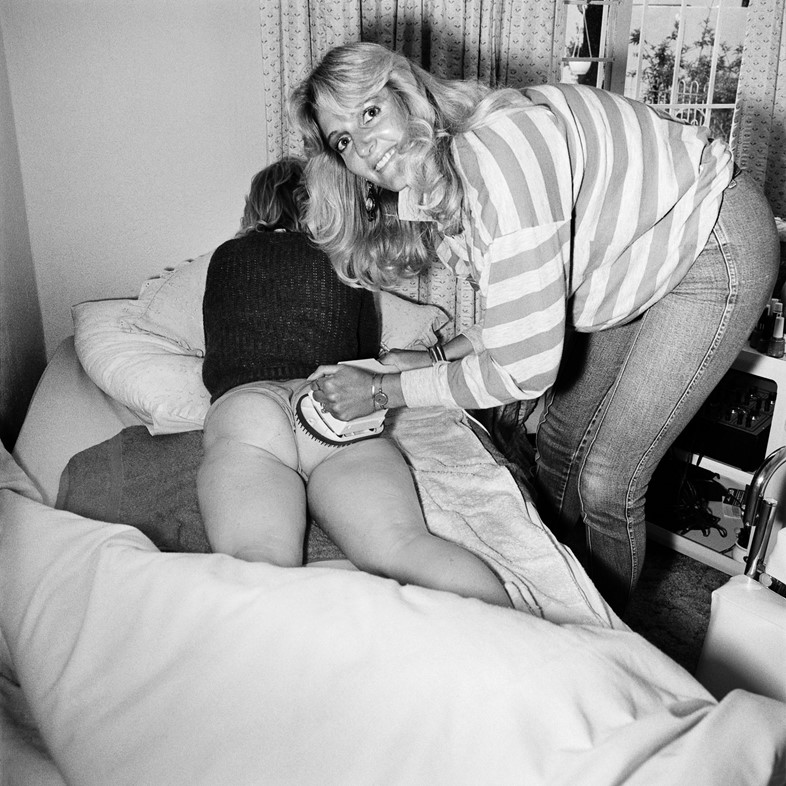
On coming of age in the time of second-wave feminism…
"Dolls have become a reoccuring theme in my work throughout the years, because of the idea of a woman being made to feel like a doll, or a broken doll – it’s a very superficial being. Of course, you have to realise that I grew up in the 1930s and 40s – it was a totally different time. I can’t believe how things have changed over the years. It’s absolutely amazing. I mean, I was pre-Gloria Steinem and Betty Friedan, and my mother was from an again earlier time.
I was very influenced by Betty Friedan’s book, The Feminine Mystique [1963], because I was one of those middle class women who, though I had a job at the time, felt that I was seen as a wife and a mother – that what I was doing was sort of under the radar. I did feel empowered by what I read, and as soon as I began to feel that I was justified in wanting something more, it changed my whole life.
Now, when I photograph people in underprivileged circumstances, I think relate to my own understanding of insecurities. Even though my insecurities weren’t based on poverty, but on the lack of sense of self I had as a child."
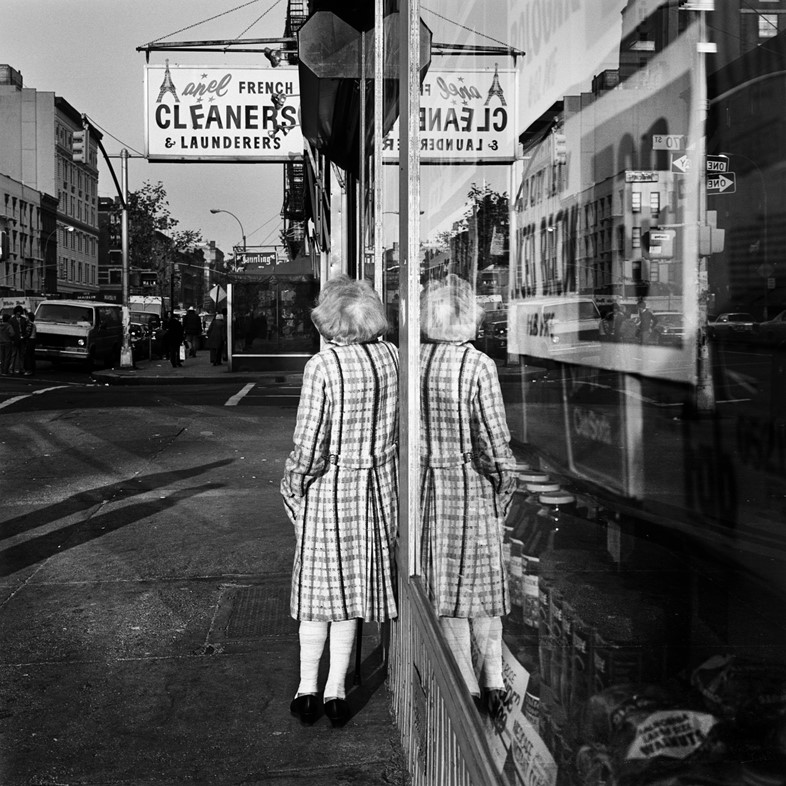
On an unexpected sojourn with nuns in Peru...
"When I was in turmoil about my relationship with my husband, I went to a part of Peru where there had been an earthquake several years before, because I thought that the idea of an earthquake related to what I was feeling. But of course, so many other things came out of what I did there.
Peru was a very strengthening experience for me. I always travelled with a driver, but on my second trip I became very nervous that he was involved with [Communist guerilla group] the Shining Path, and I just didn’t know what to do, so I left him. I ended up in this village, and I went out into the street one morning and met a woman. I said to her, ‘I don’t know what to do, I’m with a guy and I feel frightened,’ and she said ‘go to see the bishop’. And that’s how this whole remarkable experience began.
I ended up staying with nuns in a remote little town. With them, I absolutely forgot about the veneer of being a woman, I forgot about being concerned with my appearance – I was just really connected to my work. I felt as though they treated me as a human being, and the fact that I was a woman was irrelevant. And of course, I had never known a nun in my life, so I was probably a little afraid. I met really wonderful people when I was there. They were very open and helpful, and so it was really a very broadening and empowering experience for me, because they totally respected the fact that I was there to photograph people. They opened doors for me, and I’ve been back there and visited a couple of times. It was tremendously meaningful."
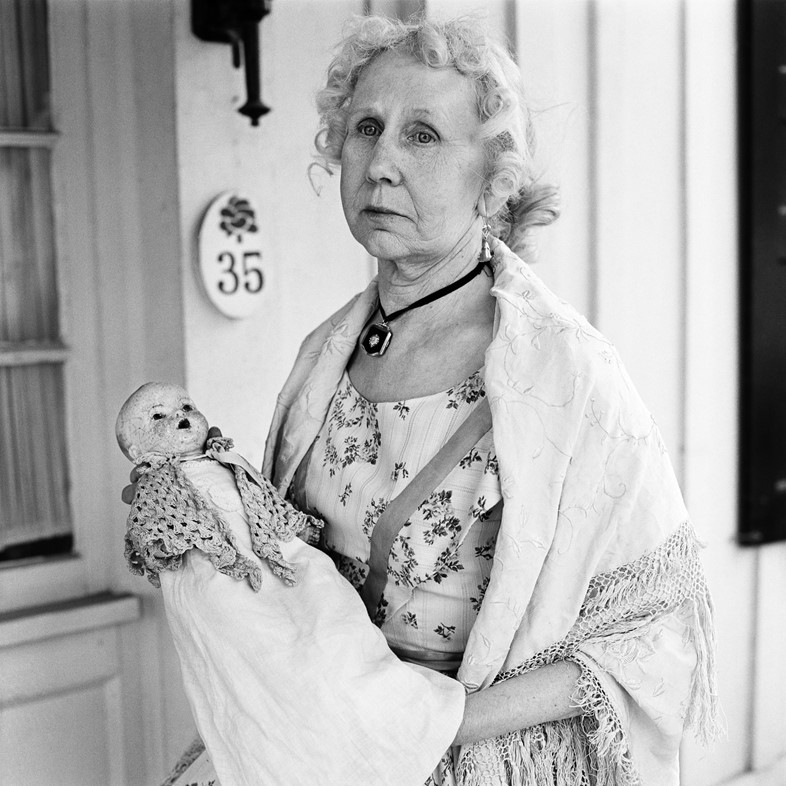
On finding strength in her artistic practice...
"It’s hard for me to realise that I’ve really done all those things, and had all those experiences. I have just been very lucky. I didn’t realise it at the time, but looking back, going to strange places without a specific plan is when I realised that I've been able to feel connected to other people in so many different places, and in so many different situations – I’ve been able to interact with them, and be accepted by them. I think that part of what has propelled me is that I felt so insecure as a child, so now every time I go through this process, it has been like a reinforcement of my own strength as an individual."
Rosalind Fox Solomon: Got to Go runs from February 25 – April 9, 2016 at Bruce Silverstein Gallery, New York, NY. The book of the same name is out in February 2016, published by MACK.
